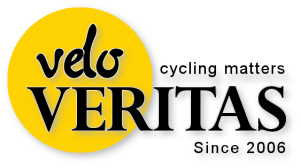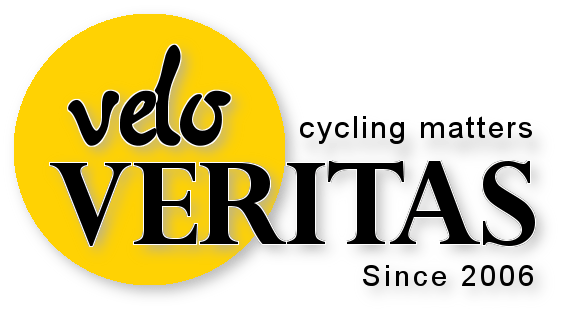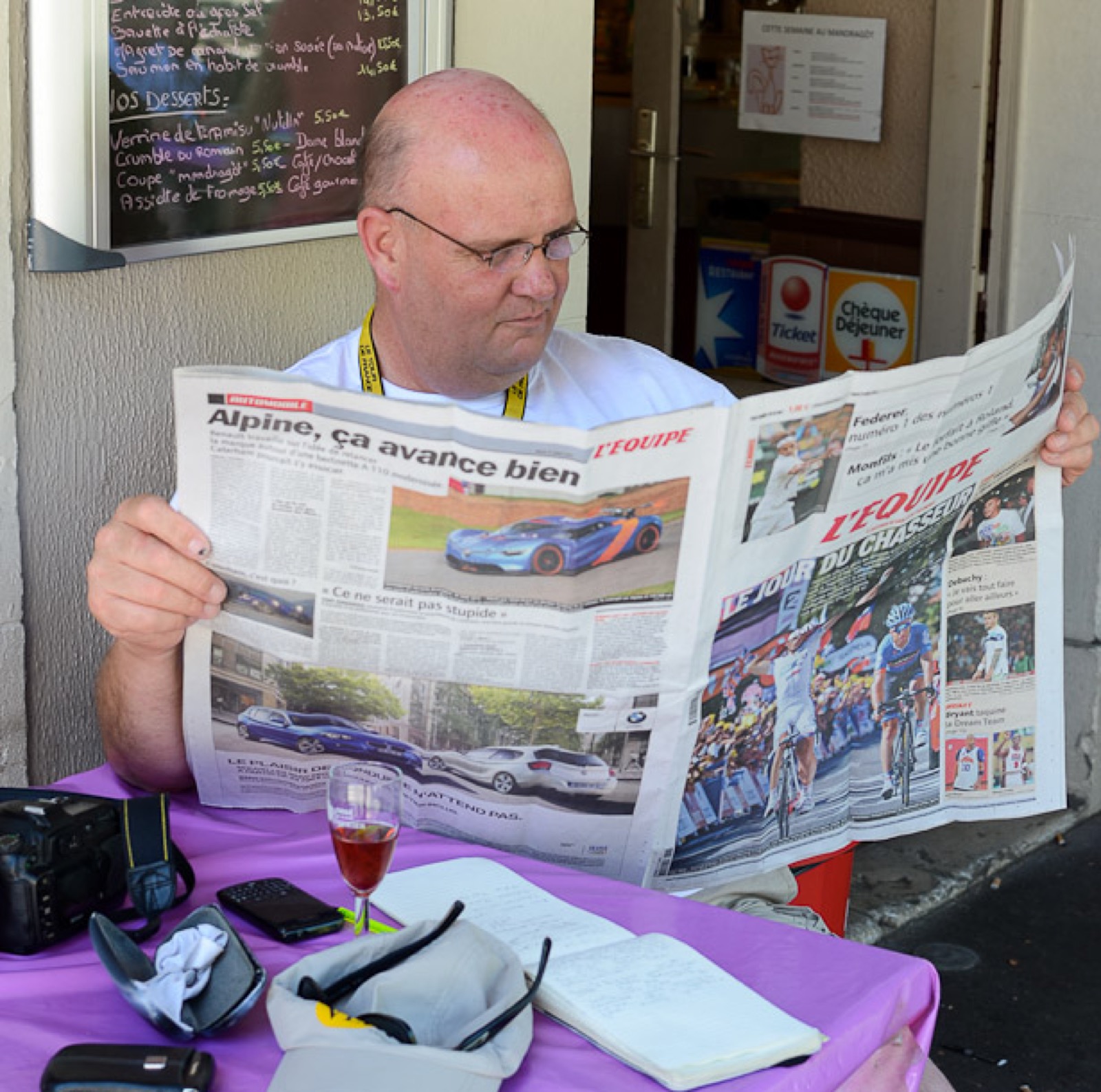Who were the men of the Giro? There was Ryder, certainly – and Rodriguez; but there was also Guardini’s confirmation; Ferrari’s transformation from from villain to hero; Cav and Taylor Phinney’s displays of grinta; Marco Pinotti’s class in winning the last time trial and Basso’s heroic but ultimately doomed bid for the podium. But perhaps the man of the race was Belgium’s Thomas De Gendt, who threatened to turn the Hesjedal/Rodriguez battle into a sideshow as he pulled off what the French call an ‘exploit’ on the race’s second last stage.
Ryder owes a lot to Christian Vande Velde for that afternoon’s work in keeping the gap to the rampaging De Gendt within reasonable proportions.
And the next day De Gendt blasted himself on to the podium with a scintillating chrono.
But let’s jump back to the 2009 Tour of Britain, and one of the stars of the show there is the young De Gendt from the Topsport Vlaanderen team.
He enlivens the race and takes the sprints and mountains jerseys.
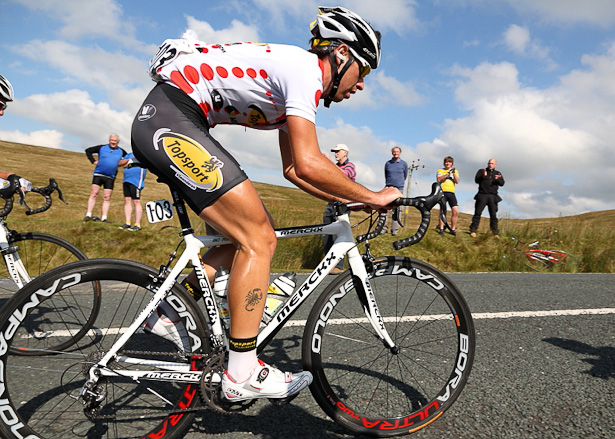
Much is expected of the man from St. Niklaas in 2010; but the big results refused to come.
But a change of team – and diet – can work wonders for a man; and his aggressive, ‘old fashioned’ riding was one of the big talking point of last year’s Paris-Nice, with a stage win and two spells in yellow for the Vacansoleil man.
De Gendt rode for the strong Davo amateur team from 2006 through to 2008, gaining some big results along the way; a stage in the German Thüringen-Rundfahrt, a stage in the Tour of Namur and the Stadsprijs Geraardsbergen all went his way in 2007.
The following year saw his talent for short stage races develop, with a stage win and the GC in the French Triptyque des Monts et Chateau and two stages and second on GC in the Triptyque Ardennaise.
He also picked up as a stage in the Spanish Vuelta Ciclista a Navarra, the GP Waregem and GP Joseph Bruyere.
Moving to Topsport Vlaanderen for 2009, he won the Trofee Jong Maar Moedig plus a stage in the Tour de la Region Wallonne, not to mention his sparkling week at the Tour of Britain.
In 2010 the results stalled a little with his best performances being 2nd in the Brabantse Pijl behind Sebastien Rosseler and 3rd on GC in the Ster Elektrotoer behind Adam Hansen.
But 2011 saw a runner up spot in a Tour Down Under stage – to Cameron Meyer – a top ten on GC at the Volta ao Algarve in Portugal and a dazzling first four days of Paris-Nice, on his way to the Riviera.
His excellent season continued with stage wins in the Circuit de Lorraine and Tour de Suisse – and he took an eyebrow lifting fourth place in the hotly contested Grenoble TT stage of le Tour.
This season he pulled off another epic to win a stage in Paris-Nice for the second year running.
But it was mostly the Giro we discussed with him, a week after his brilliant rides.
And if you wondered about my reference to diet, above – here’s what he told us last spring, after his spells in yellow in Paris-Nice.
“I was always a big meat eater – sausages, salami and greasy things.
“But over the winter I tried a lot harder to watch what I was eating and lost three kilos of fat.
“I now climb stronger, my condition is better and I think you can see it in my results.”
We noticed on the Stelvio, Thomas!
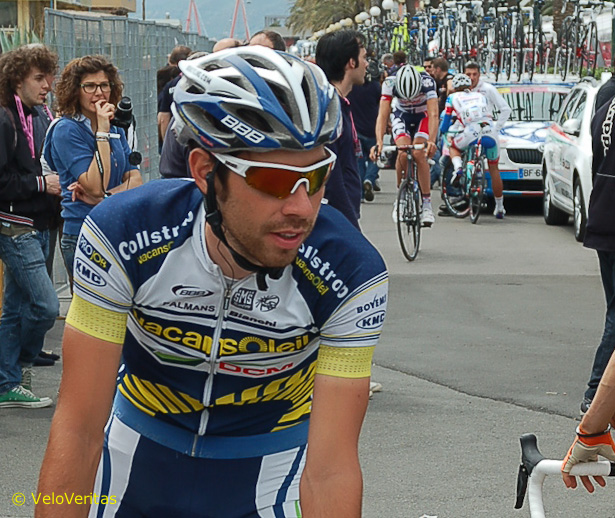
And here’s what he had to say to VeloVeritas the other day.
How is the recovery from the Giro going, Thomas?
“My legs still need another week, but it’s my head that doesn’t want to go racing for a few weeks more.
“I’ve been racing every day for three weeks, so now I need some time where I’m not racing every day.
“It was the same after the Tour, last year my motivation was low for a time after it.”
The Belgian media will have been making big demands on your time?
” The storm is calmer, now.
“The first three or four days were very difficult; I was trying to fit in time on my bike around TV interviews, speaking to magazines and having my picture taken.”
The Belgian media will be saying you’re the next Belgian Grand Tour winner?
“I don’t know if I can win a Grand Tour – but the media don’t need to put pressure on me to try and win one.
“I don’t know what’s in the future – the media aren’t so much saying that I can win a Grand Tour, rather that there will be more podium places for me in Grand Tours.”
A Belgian climber – that’s unusual.
“I don’t know how that is – I just noticed that a lot of good time trial guys can climb.
“It’s the same kind of suffering, full gas for one hour – 450 watts.
“It’s almost the same effort; look at Wiggins, and my team mate Westra – good time trial riders and strong climbers.
“I’m not a climber, but I can suffer.”
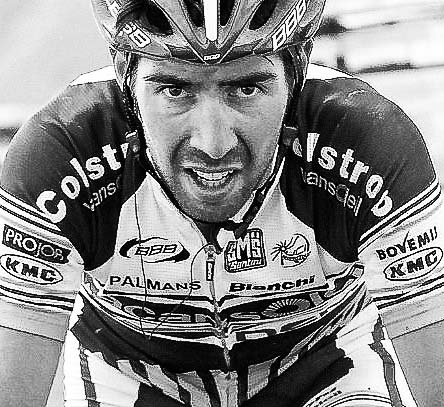
Long breaks are your specialty.
“If you don’t risk it then you don’t know how far you can go.
“Riders are afraid that if they go then they’ll kill themselves on the last climb – I’m not afraid, I know what I’m capable of.
“You also need to have an eye for the good moments to go – I think I have that.
“When I went on the Mortirilo I could see that none of the GC guys had a team mate with them – I knew they wouldn’t chase themselves, so it was a good moment to go.”
Which do you prefer, the Giro or the Tour?
“The Giro stages are harder but there’s much more media attention at the Tour, more fans and it’s much more hectic.
“It’s nice before and after the stages in the Giro, it’s a lot less stressful.
“As far as the media goes – on the Tour there will be 10 or 15 Belgian journalists but on the Giro there was no one.”
What were your goals going in to the Giro?
“I wanted a stage victory and a GC placing which was as high as possible – top 20 or better.
“The last five days I decided I could go top 10 and then on the last few days I decided I could get top five – I’m happy because I achieved all my goals.”
What was in your mind before stage 20?
“I was afraid of the Mortirilo, it’s steep hard and means a lot of suffering.
“I wanted to save energy for the finale that day but even from the first climb of the day they went off like crazy men.
“It’s strange that I go well on the stages which I’m most afraid of – it was like that in Paris-Nice and the Tour de Suisse.
“Maybe I have to organize it so I’m scared before every race!”
I believe it helped that you knew the Stelvio really well?
I’ve trained there and climbed it a number of times, so I knew the steep parts and the flatter parts – where to go full gas and where to save energy.
“That was a big help to my effort.”
And you rode an excellent last TT, like in Grenoble, last year.
“I’m also good in the chronos in one week stage races; I can usually make the top ten.
“I don’t know why I have that ability – it’s just something Mother Nature gave me.”
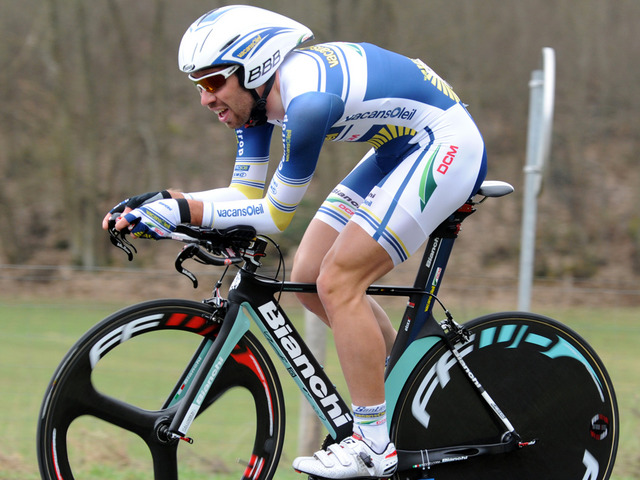
Going into that last TT were you thinking about the podium?
“I had no thoughts of the GC – I just went into it thinking that I wanted to get as close as possible to the winning time.
“That’s normal for me, I take a stage race one day at a time, as a series of one day races and each day I try to get as close as possible to the winner.”
Any ‘hindsights?’
“I was happy with my whole race but you’re always learning – for instance, I didn’t have a good prologue and we weren’t so good in the TTT.
“I’ve learned that you have to look at losing seconds – and where you can avoid losing them.
“On the small climb to Assisi, for instance, I lost 20 seconds because of bad positioning; I shouldn’t have lost that time.”
You’re the first Belgian since Johan Bruyneel in 1995 Vuelta to make a Grand Tour podium – does that mean much to you?
“It’s just statistics – and I’m also the first Belgian guy to top the Stelvio first.
“A lot of it’s down to the fact that TV commentators have hours to fill and they have to come up with things like that to fill the space or they’d have nothing to say!”
What’s next?
“I’m not sure but I think I’ll come back at the ZLM Tour.
“Then I have Halle-Ingooigem leading in to the Belgian road race championship.”
And when will we next see you in a Grand Tour.
“Maybe the Vuelta – but it’s not 100% sure yet.”
VeloVeritas likes riders who ride with fire – we have a feeling that we’ll be talking to Thomas again, before long.
